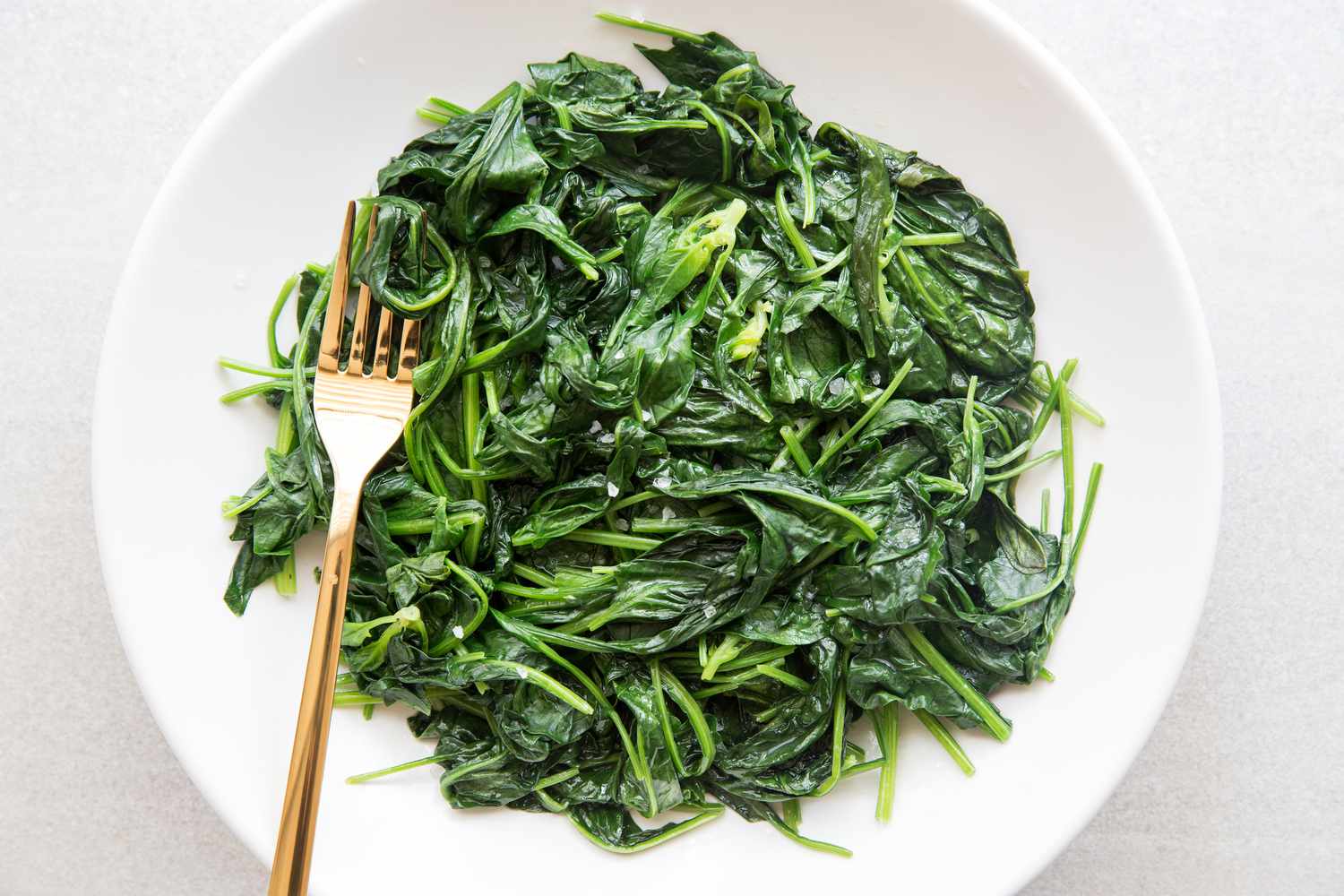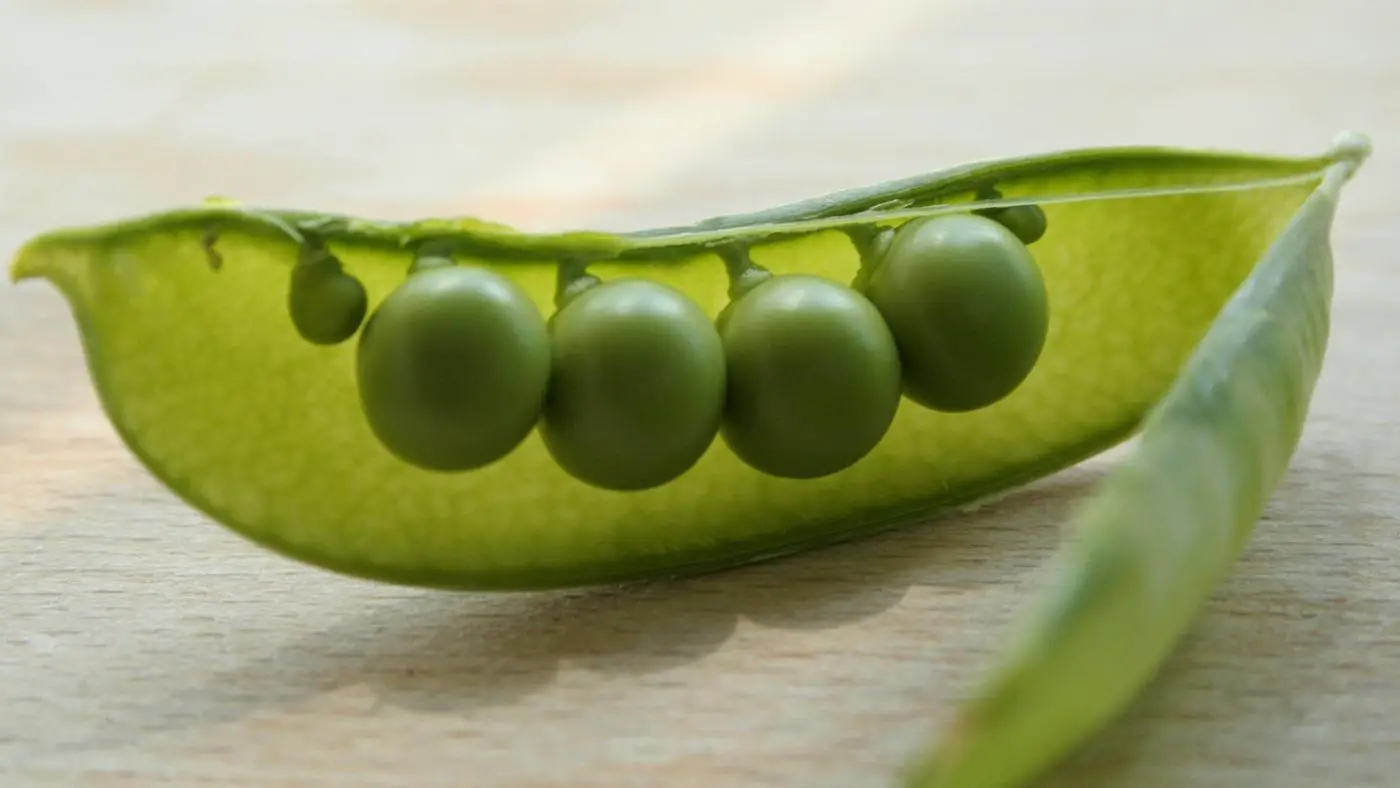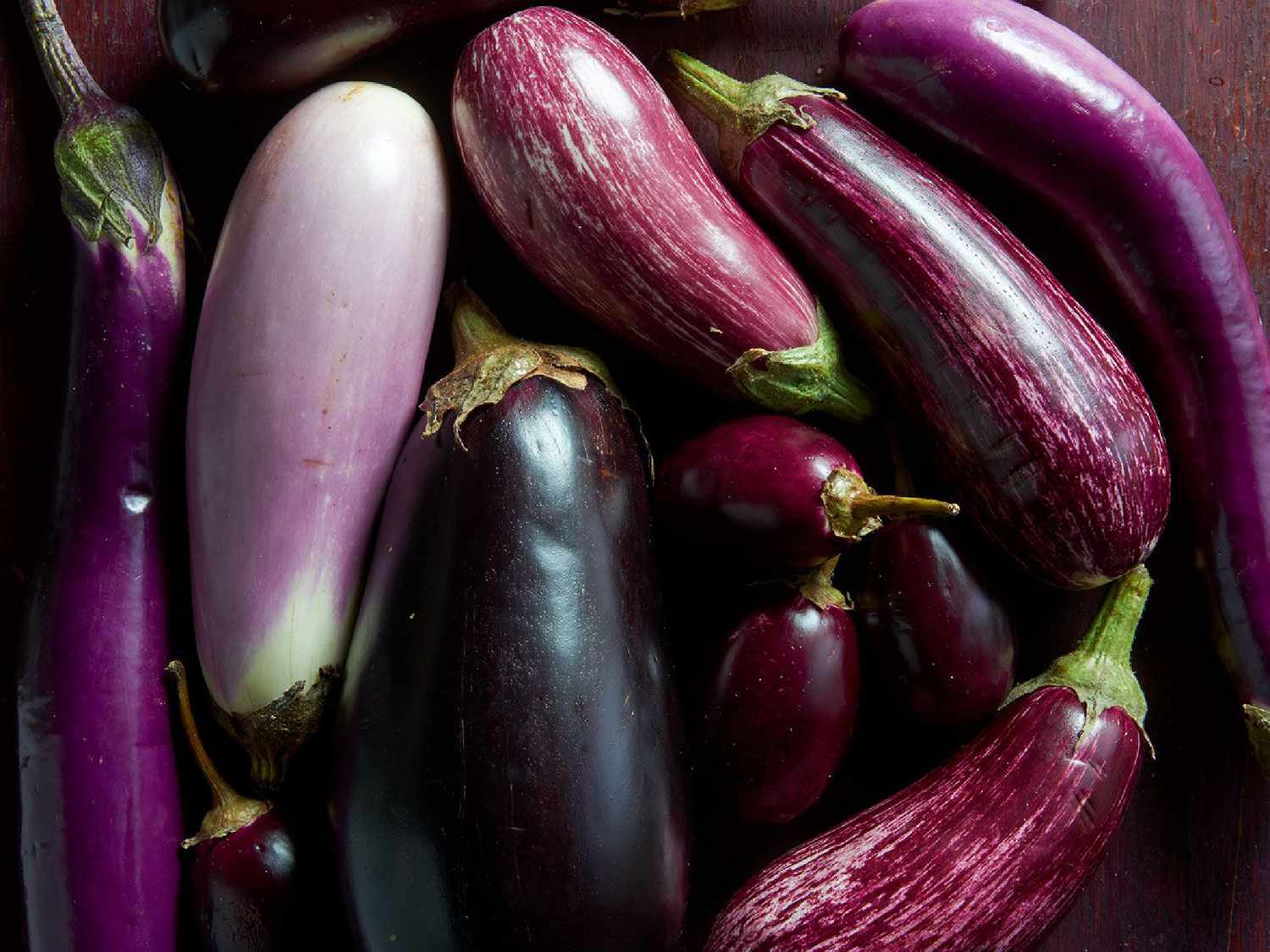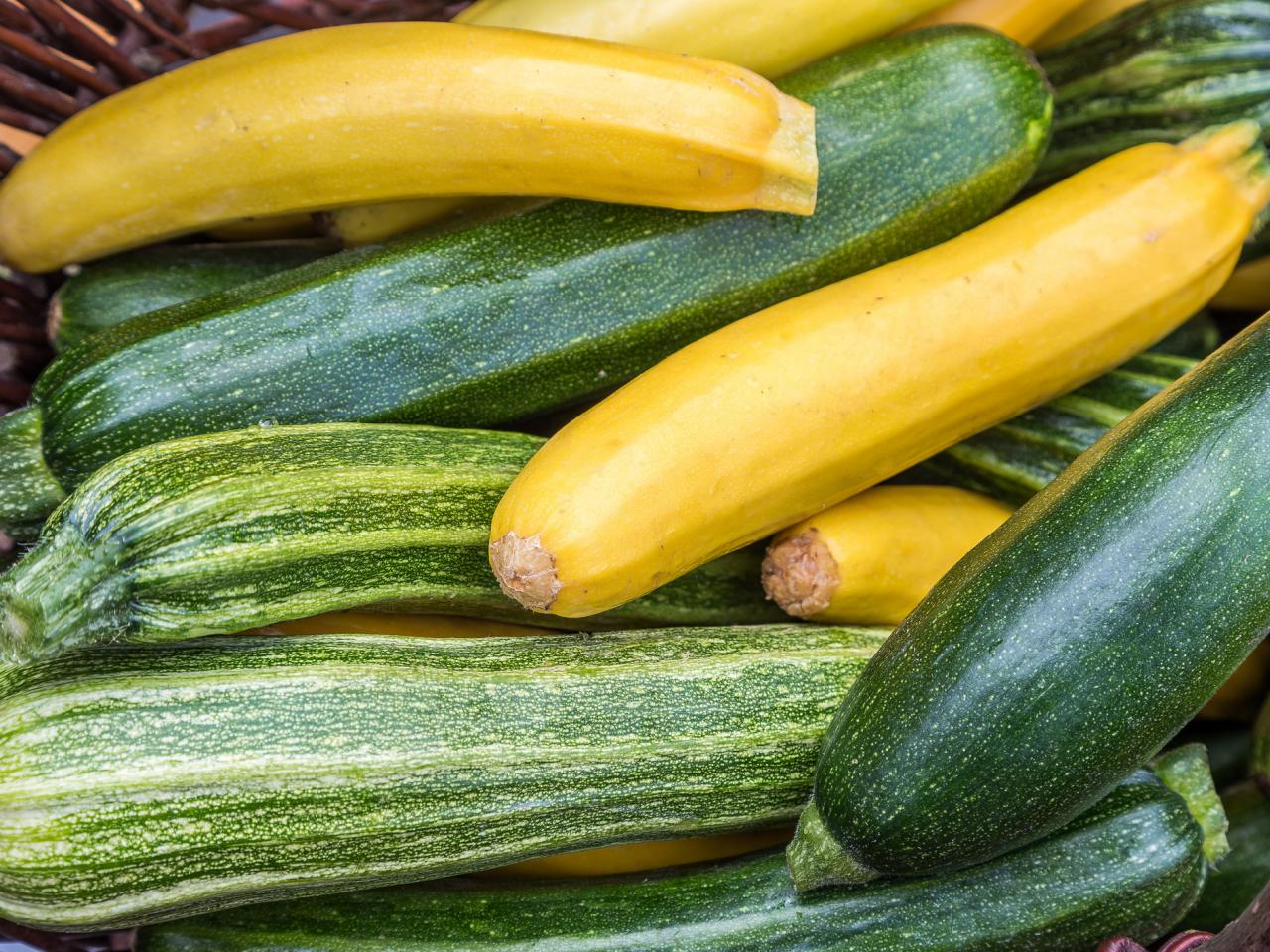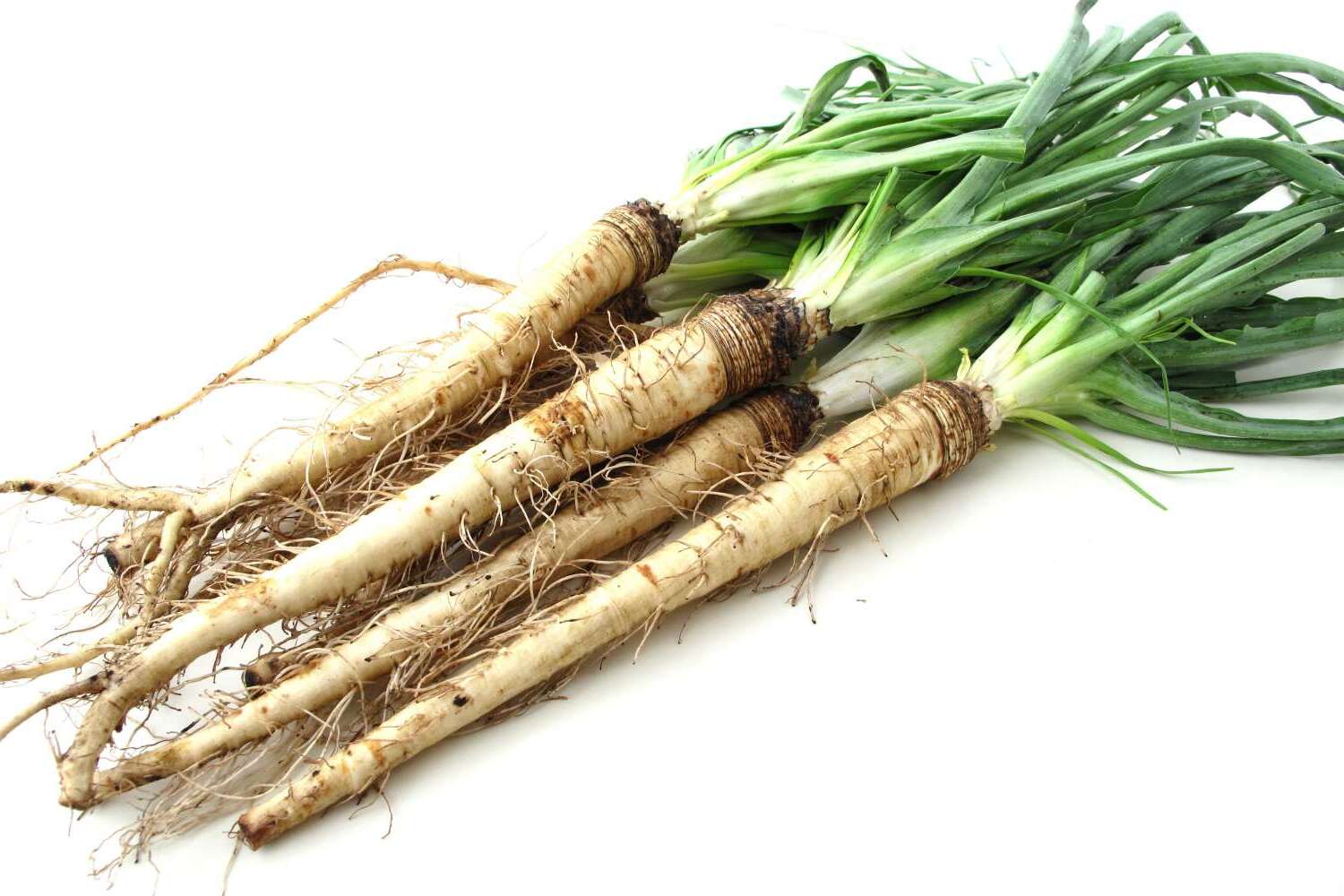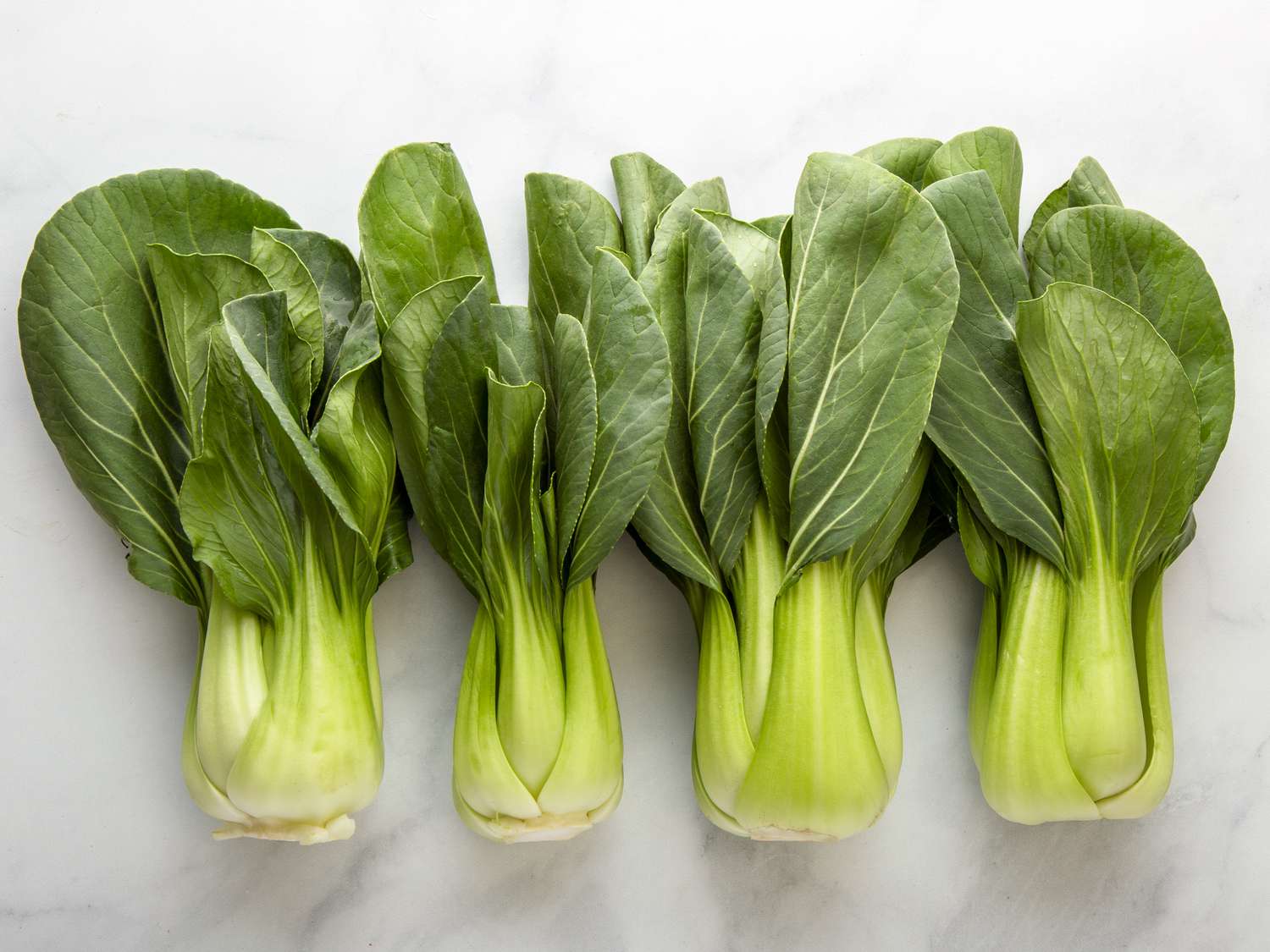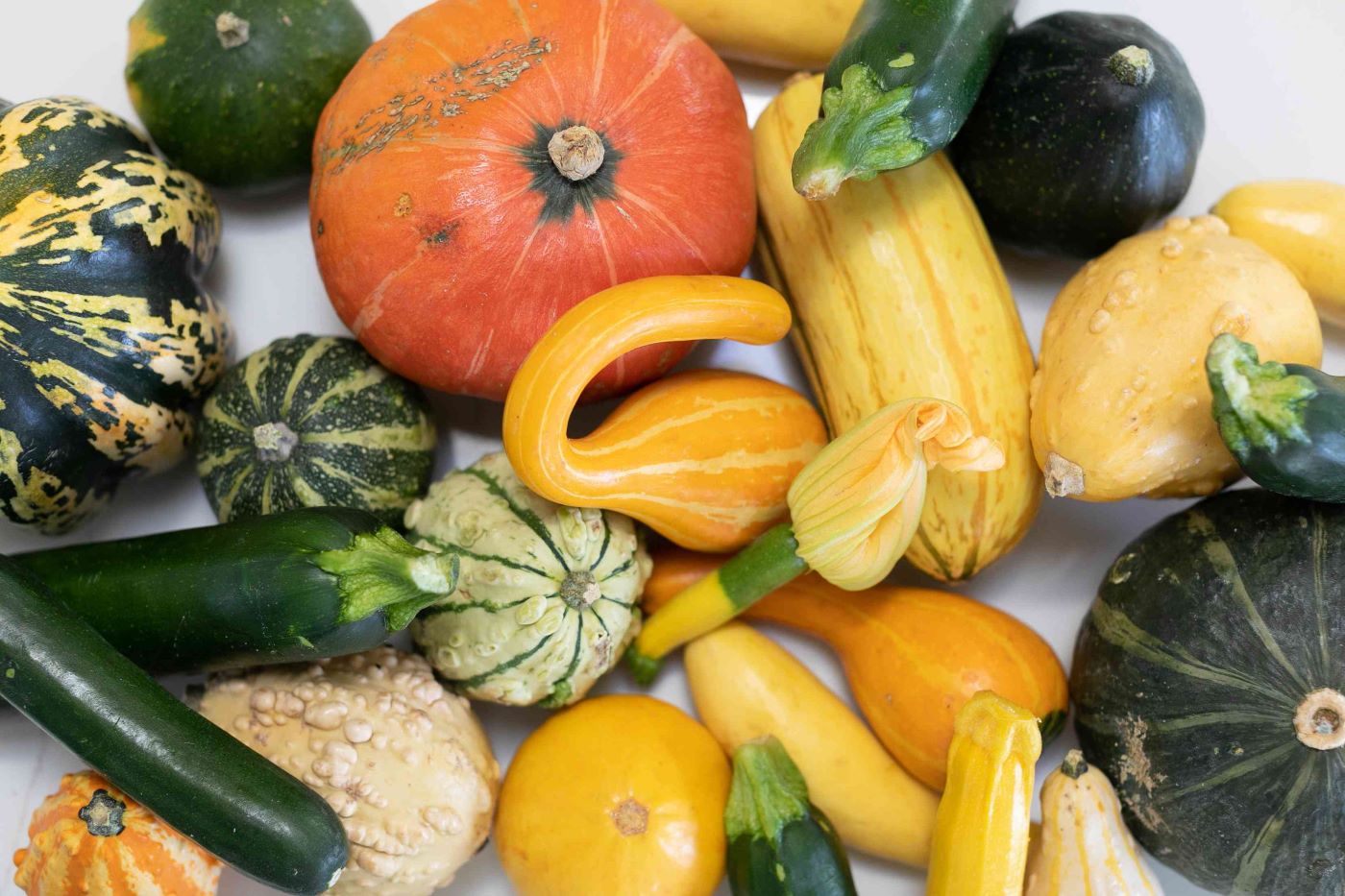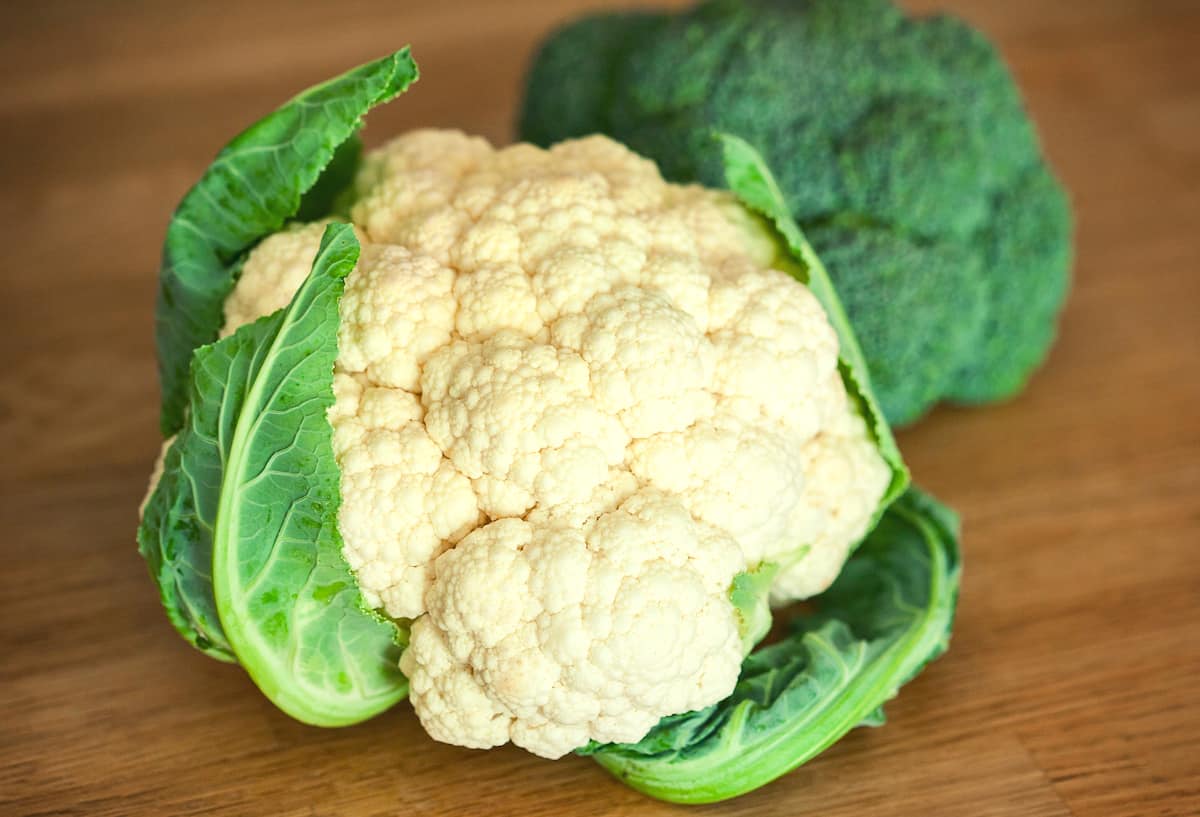Ever wondered about the vegetables your grandparents used to cook with? Many of these old-fashioned veggies have faded from our kitchens. Reviving forgotten vegetable varieties can bring unique flavors and nutrients back to our meals. From salsify to skirret, these heirloom plants offer a taste of history and a chance to diversify our diets. Cooking with these vegetables not only honors culinary traditions but also supports biodiversity. Let’s explore how to incorporate these gems into modern recipes, making our dishes both delicious and meaningful.
Gathering the Essentials for Your Culinary Adventure
- Heirloom tomatoes
- Purple carrots
- Romanesco broccoli
- Watermelon radishes
- Salsify roots
- Jerusalem artichokes
- Chioggia beets
- Parsnip
- Kohlrabi
- Black garlic
The Essential Toolkit for Your Culinary Creation
Tools Needed to Revive Forgotten Vegetable Varieties in Cooking
- Chef's Knife: Essential for chopping, slicing, and dicing vegetables.
- Cutting Board: Provides a safe surface for preparing vegetables.
- Vegetable Peeler: Helps remove skins from root vegetables and other produce.
- Mandoline Slicer: Creates uniform slices quickly and efficiently.
- Mixing Bowls: Useful for combining ingredients and marinating vegetables.
- Measuring Cups and Spoons: Ensures accurate measurements for recipes.
- Colander: Drains washed vegetables and removes excess water.
- Salad Spinner: Dries leafy greens after washing.
- Grater: Shreds vegetables like carrots, zucchini, and cheese.
- Blender or Food Processor: Purees vegetables for soups, sauces, and dips.
- Baking Sheets: Roasts vegetables evenly in the oven.
- Parchment Paper: Prevents vegetables from sticking to baking sheets.
- Cast Iron Skillet: Ideal for sautéing and caramelizing vegetables.
- Dutch Oven: Perfect for slow-cooking and braising vegetables.
- Steamer Basket: Steams vegetables to retain nutrients and flavor.
- Tongs: Handles hot vegetables safely.
- Wooden Spoon: Stirs and mixes ingredients without scratching cookware.
- Ladle: Serves soups and stews made from forgotten vegetables.
- Immersion Blender: Blends soups directly in the pot.
- Mason Jars: Stores pickled or fermented vegetables.
- Herb Scissors: Cuts fresh herbs to enhance vegetable dishes.
- Spice Grinder: Grinds spices to season vegetables perfectly.
- Mortar and Pestle: Crushes herbs and spices for fresh seasoning.
- Kitchen Scale: Weighs vegetables for precise recipe measurements.
- Oven Mitts: Protects hands from hot cookware.
- Apron: Keeps clothes clean while cooking.
- Timer: Tracks cooking times accurately.
Reviving forgotten vegetable varieties like salsify, skirret, and sea kale can add unique flavors and nutrients to your dishes, making meals more diverse and interesting.
The Importance of Rediscovering Forgotten Flavors
Reviving forgotten vegetable varieties helps preserve biodiversity and maintain genetic diversity in our food supply. These heirloom vegetables often have unique flavors and nutritional benefits that modern hybrids lack. By incorporating them into our cooking, we honor traditions and support sustainable agriculture practices, ensuring a richer, more diverse food future.
Your Culinary Roadmap: A Step-by-Step Guide
Step by Step Guide to Reviving Forgotten Vegetable Varieties in Cooking
-
Research and Identify
- Start with identifying forgotten vegetable varieties that were once staples in diets but have fallen out of favor. Look for heirloom varieties, which are often more flavorful and nutritious than their mass-produced counterparts.
-
Source Seeds or Plants
- Find seeds or plants from specialty garden stores or online seed banks. Many organizations are dedicated to preserving heirloom varieties and can be a great resource.
-
Grow Your Own
- If space allows, grow these vegetables in your own garden. This not only ensures access to fresh, organic produce but also contributes to the preservation of biodiversity.
-
Visit Local Farmers' Markets
- Farmers' markets are treasure troves of uncommon vegetables. Engage with local farmers who might be growing these varieties and can offer insight into their unique flavors and best uses in cooking.
-
Experiment with Cooking
- Experimenting in the kitchen is key. Use these vegetables as substitutes in familiar recipes to understand their flavors and textures. For example, try using salsify instead of potatoes, or kohlrabi in place of cabbage.
-
Preserve the Harvest
- Learn preservation techniques such as canning, fermenting, and freezing to enjoy these vegetables year-round. This not only reduces waste but also allows for a diverse diet regardless of the season.
-
Share with Others
- Sharing dishes made with these vegetables can pique interest and spread awareness. Host dinners, post on social media, or write about your experiences to encourage others to explore these varieties.
-
Educate Yourself and Others
- Understanding the history and cultural significance of these vegetables can add depth to your cooking and eating experience. Share this knowledge to inspire appreciation and a shift towards more sustainable eating habits.
-
Support Seed Saving and Sharing Initiatives
- Participate in or support seed saving and sharing initiatives to ensure these vegetable varieties do not disappear. This can involve donating to seed banks or participating in local seed swap events.
-
Advocate for Biodiversity
- Advocate for agricultural biodiversity by supporting policies and practices that protect and promote the cultivation of a wide range of vegetable varieties. This can include supporting organic farming practices and opposing legislation that harms small-scale farmers and heirloom varieties.
Rediscovering Culinary Treasures
Bringing back forgotten vegetable varieties can transform your cooking. These heirloom veggies offer unique flavors, vibrant colors, and rich histories that modern hybrids often lack. Incorporating them into your meals not only supports biodiversity but also connects you to culinary traditions.
Next time you're at a farmers' market or planning your garden, consider adding some of these heritage vegetables to your list. Experiment with recipes that highlight their distinct characteristics. You'll find that cooking with these vintage veggies adds a new dimension to your dishes, making meals more exciting and meaningful.
So, dig into the past and let these forgotten gems shine in your kitchen. Your taste buds will thank you, and you'll be part of a movement that values flavor, history, and sustainability. Happy cooking!
All Your Questions Answered
What are some forgotten vegetable varieties I can try?
Salsify, cardoon, and crosnes are a few old-school veggies worth exploring. Salsify tastes like oysters, cardoon resembles artichokes, and crosnes have a nutty flavor.
How do I cook with salsify?
Peel and soak salsify in lemon water to prevent browning. Boil until tender, then sauté with butter and herbs. It pairs well with seafood.
What’s the best way to prepare cardoon?
Trim and blanch cardoon stalks to remove bitterness. Then, bake or fry them. They’re great in gratins or as a side dish.
Can I grow these vegetables at home?
Yes, many forgotten veggies like salsify and cardoon can be grown in home gardens. They need well-drained soil and plenty of sunlight.
Where can I buy these rare vegetables?
Farmers' markets, specialty grocery stores, and online seed catalogs often carry forgotten vegetable varieties. Local farms might also grow them.
Are these vegetables nutritious?
Absolutely! Salsify is rich in fiber and potassium, cardoon is high in vitamins C and K, and crosnes offer antioxidants and iron.
